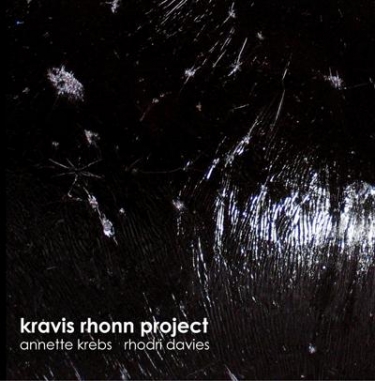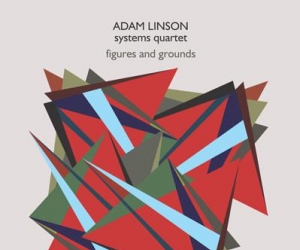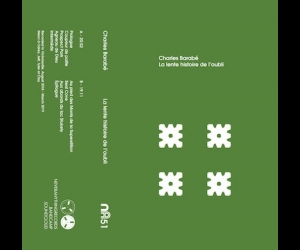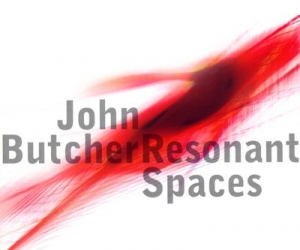
British improviser Rhodri Davies has created a singular niche for himself in improvised music. A master of the harp, he has expanded its sonic palette with a host of extended techniques: amplifying it, preparing it in ways common to the piano and guitar; and plucking, striking, and bowing it with a host of foreign objects. On these two CDs Davies concentrates on his small electric harp, played flat on a tabletop, in performances with two closely attuned partners, Annette Kreb and Max Eastley. The results are highly successful, each achieving a striking identity.
Kravis Rhonn Project consists of three improvisations from the first meeting of Davies and the Berlin-based Annette Krebs, who plays guitar as well as an assortment of objects, tapes, and a mixing board. The pieces are spacious interactions, marked by Krebs’ prominent use of fragments of sound poets taken from the Internet. These sudden vocal interjections merge with the sizzle of a mixing board and some analogue hum to create a sonic field that’s ambient and dramatic by turn. Krebs and Davies create subtle gestures within this field: a sudden glissando, a plucked note left hanging in the air, an assortment of insect-like tweakings and scratches. Each gesture is invested with its own specific gravity, resulting in a work both deliberate and meditative that brings a strong sense of composition to the extended improvisations.
While Davies and Krebs have transformed traditional instruments into vehicles for highly personal expression, Max Eastley has taken the alternative approach of building his instruments from the ground up. Here Eastley plays his arc: an “electro acoustic monochord” of his own invention, it’s a nine-foot long, wooden, single-string instrument that changes pitch with a flexing of the wood. Eastley also bows it and plays it with glass rods, further altering its sound electronically. Dark Architecture is a CD-R, unlike the usual productions of Another Timbre, an unedited thirty-four-minute snapshot of a performance at the South Hill Park Arts Centre in Bracknell, England, where Eastley’s sound sculptures were on display. While the duet with Krebs has an abstract quality, as if it exists as a pure conception, Dark Architecture is rich with the resonance of the room that magnifies every metallic tinkle of Eastley’s percussive sculptures and allows the bending long tones of Davies’ harp to hang and echo in the space. At one crucial point, the confluence of percussive clicks and electronic whirs suggests a flock of mechanical birds.


